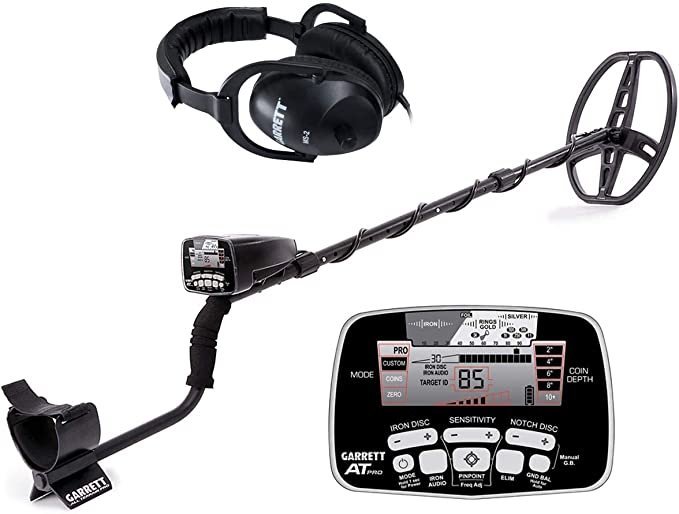Evaluating the Features of Garrett AT Max and AT Pro Metal Detectors
Metal detecting has become a popular hobby for treasure hunters and enthusiasts alike. With advancements in technology, metal detectors have evolved to offer improved performance and features. Two popular models from Garrett, the AT Max and AT Pro, have garnered attention for their capabilities. In this article, we will compare the performance of the Garrett AT Max and AT Pro metal detectors, focusing on depth, accuracy, target identification, and their ability to perform in challenging environments.

Depth, Accuracy, and Target Identification: A Comparative Analysis
When it comes to metal detecting, depth, accuracy, and target identification are crucial factors. The Garrett AT Max and AT Pro both excel in these areas, albeit with some differences.
The AT Max boasts a maximum depth capability of up to 9 inches for small coins and over 18 inches for larger targets. Its built-in Z-Lynk wireless technology allows for real-time audio feedback, enhancing accuracy and enabling users to quickly identify targets. The AT Max also includes true all-metal mode, which provides maximum depth and sensitivity, making it an excellent choice for experienced users.
On the other hand, the AT Pro offers a slightly lower maximum depth capability. It can detect small coins up to 8 inches deep and larger objects up to 15 inches deep. However, the AT Pro compensates for this with a highly accurate target identification system. Its Pro Mode Audio feature provides a proportional audio response, helping users differentiate between various targets based on their sound.
In terms of accuracy, both detectors offer excellent performance. The AT Max’s advanced ground balance feature allows for better adaptation to different soil conditions, reducing false signals and enhancing target identification accuracy. The AT Pro, while lacking the adjustable ground balance feature, compensates with its Iron Audio feature, which lets users hear discriminated iron targets, reducing the chances of missing valuable items.
Unearthing the Differences: AT Max and AT Pro in Challenging Environments
One area where the AT Max and AT Pro differentiate themselves is their performance in challenging environments. The AT Max is equipped with built-in automatic and manual ground balance options, allowing it to handle mineralized soil and saltwater conditions effectively. This makes it a superior choice for beach hunting or areas with high mineralization levels.
In contrast, the AT Pro does not have a built-in manual ground balance option, limiting its efficiency in highly mineralized areas. However, it compensates for this with its Pro Audio mode, which provides enhanced target separation capabilities. This makes it an ideal choice for relic hunting or detecting in areas with a high density of metal debris.
Additionally, the AT Max’s waterproof design allows it to be submersible up to 10 feet, making it suitable for underwater detecting. While the AT Pro is not fully waterproof, it is still water-resistant, allowing for shallow water detecting in streams, lakes, or during light rain.
When comparing the performance of the Garrett AT Max and AT Pro metal detectors, it becomes evident that both models excel in different aspects. The AT Max offers superior depth capabilities, advanced ground balance options, and a higher level of water resistance, making it ideal for beach hunting and underwater detecting. On the other hand, the AT Pro shines in terms of accurate target identification, target separation capabilities, and its ability to handle areas with a high density of metal debris.
Ultimately, the choice between the AT Max and AT Pro depends on individual preferences and specific detecting needs. Whether searching for coins, relics, or artifacts, both detectors offer impressive performance and features that can enhance any metal detecting experience.
